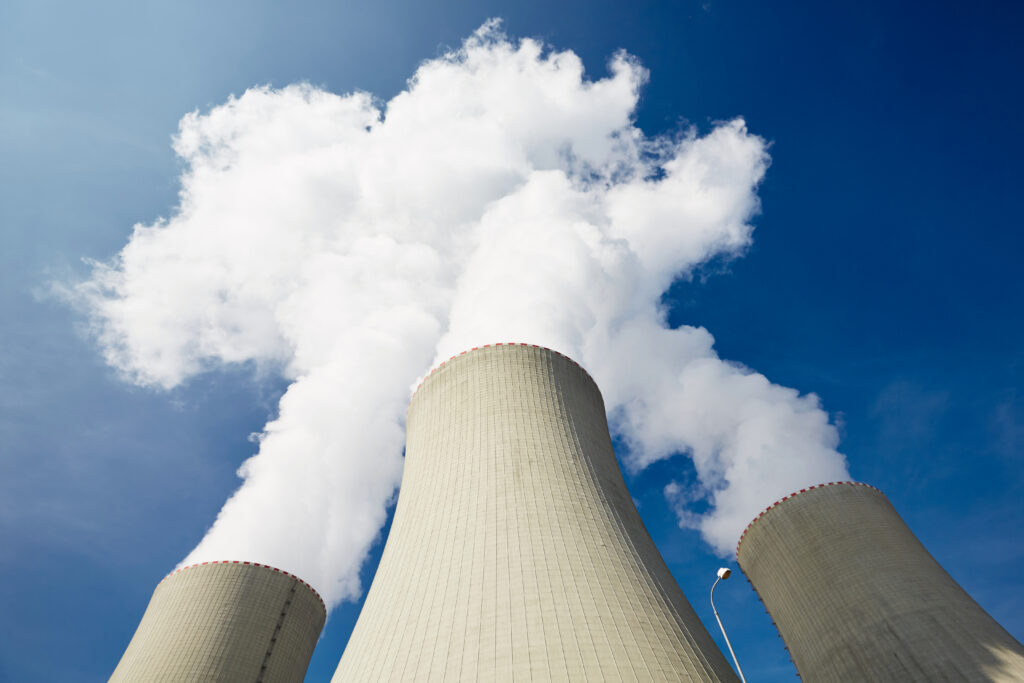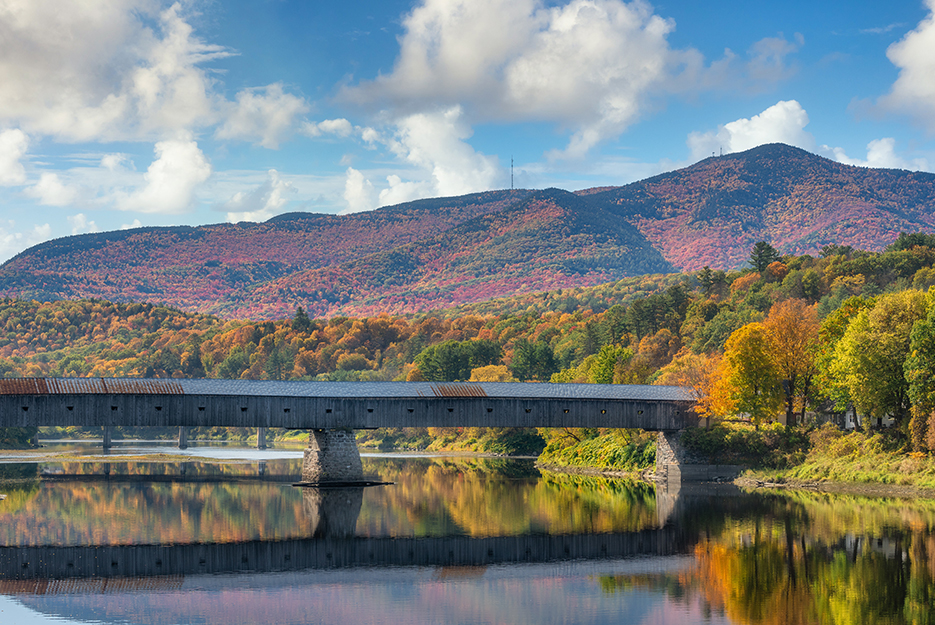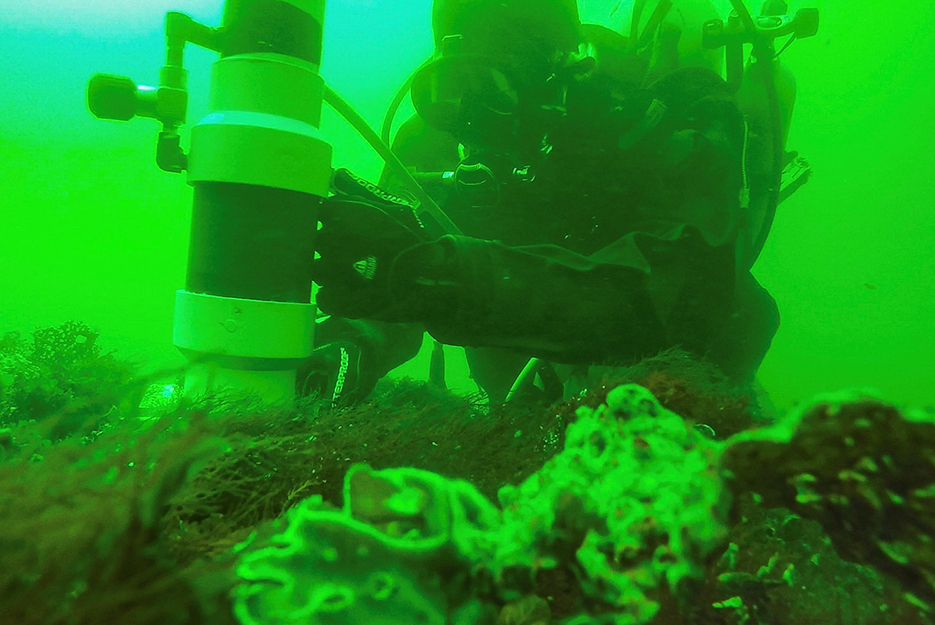Client: Exelon Nuclear and CDI Holtec
Project Highlights: Normandeau provided comprehensive biological sample collection in support of a radiological environmental monitoring program in the state of New Jersey.
Services Provided:
- Water quality monitoring
- Field Sampling Planning
- Extensive sample collection in a variety of habitats
- Tissue sample preparation
Normandeau Associates, Inc. was contracted by Exelon Nuclear and then CDI Holtec to collect environmental samples in Oyster Creek and Barnegat Bay, New Jersey. The Radiological Environmental Monitoring Program (REMP) conducted at Oyster Creek is a requirement of the US Regulatory Commissions technical specifications for the operation of a nuclear power plant. Responsibilities also include report writing and annual retraining. NJ Scientific Collector’s Permits are maintained by Normandeau scientists to conduct this study.
Normandeau provided biological monitoring and environmental sampling services for Oyster Creek Generating Station (OCGS). OCGS is a once through nuclear-fueled station (retired) that withdrew and discharged to Barnegat Bay in coastal New Jersey (NJ) through intake (Forked River) and discharge (Oyster Creek) canals. As part of an on-going fisheries management program at OCGS, Normandeau personnel were responsible for conducting services as directed by OCGS, such as water temperature monitoring surveys in the discharge canal, fish collections for subtropical species susceptible to water temperature fluctuations, underwater camera surveys, fish collections for local aquariums, fire pond and discharge canal containment boom installation and maintenance, design and fabrication of marine turtle recovery nets for any turtles that were trapped in the intake canal structure, and more. Normandeau is currently responsible for the collection of water, fish, clams, crabs, and sediment samples for OCGS within Forked River and Barnegat Bay.
Prior to the closure of OCGS, in September 2018, Normandeau provided emergency biological services for OCGS. Normandeau responded to urgent requests as a result of either reactor scrams (emergency shutdowns) or unplanned maintenance shutdowns. On the discharge side in winter, heated water attracts large numbers of striped bass, bluefish, and spotted seatrout. Rapid decreases in water temperatures associated with shutdowns or unplanned outages result in potentially massive fish kills. In the summer, problems associated with cold water dilution pumps result in stranding fish in lethally hot water. Normandeau deployed field crews to monitor fish activity using underwater cameras in the OCGS discharge canal; to capture and remove fish for beneficial use before the power reduction; to monitor temperature in the discharge canal; and after the power reduction, to recover dead fish for disposal. These projects required numerous biologists and laborers working 24-hours per day, over several days to several weeks of work.
In addition to managing the marine fish populations, Normandeau was responsible for conducting a 3-year study required under the Clean Water Act §316(b) rule at the OCGS intake and discharge from 2006-2009. For this study, Normandeau was responsible for the design, installation, maintenance, and day-to-day operation of a fish impingement and entrainment program. Project operations were conducted 24-hours per day, 7-days per week for 3 years.



